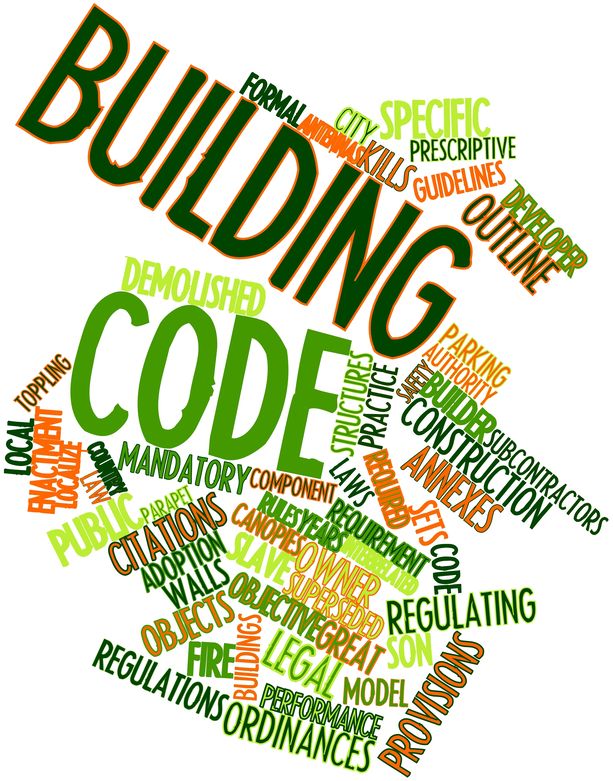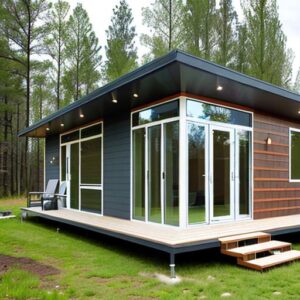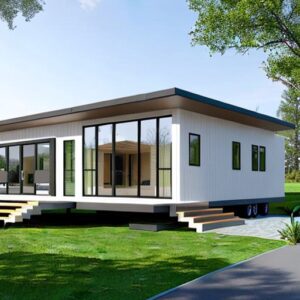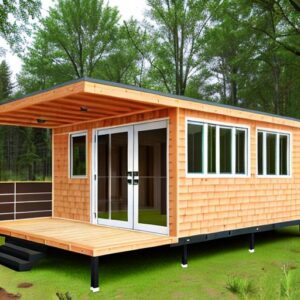Manufactured House Building Codes
Manufactured houses are built based on the federal Housing and Urban Development (HUD) code. This code is similar to the International Residential Code (IRC), which indicates the way modular houses should be built. In fact, the HUD code contains all safety standards in the National Electric Code (NEC) as the IRC.
The HUD code is recognized nationally and was made to handle regional distinctions in building codes, which made building according to local standards an expensive endeavor. It was also made to handle the shortage of housing by creating the possibility for affordable housing. The HUD is a preemptive code that should be acceptable in all major locations where modular or site-built houses are accepted.
Modular House Building Codes
Unlike manufactured houses, there are no modular house building codes acceptable nationally like the HUD code. Instead, modular houses are built based on applicable local building codes placed in the specific location of the house. It is the builder’s work to ensure that your modular home complies with local building codes by sending out the construction plan to local and state regulators and getting approval before embarking on the building project.
For modular houses, the standards vary depending on the state and different local governing bodies like cities, counties, and townships. However, states still get their codes from the International Code Council (ICC) instead of coming up with their own rules. The ICC forms the International Residential Code (IRC), which states amend to form their own requirements based on the specifics they are looking to achieve.
Distinctions for Modular Home Requirements Based on State
States take different rules indicated by the IRC and form their own based on different factors like climate and general rules that they see fit for their people. For instance, the state of Louisiana does not have any codes for modular houses. Therefore, builders have to submit their construction plans to regulators for general review and final approval. States like Wisconsin and Georgia will require that modular houses are installed with steel frames. Other states like North and South Carolina have regulations on how modular houses should look like. For instance, they prefer things like a minimum roof pitch and have further overhang length and foundation wall requirements. States like Tennessee have no issue with such requirements and they allow lower pitch roofs and on-frame foundations.
These are a few examples of what really goes on in different states in terms of modular house requirements. States will have their own requirements for the roof pitch, exterior home appearance, the type of foundation installed, and many other things. It is good to check with a state’s modular home codes because failure to meet the standards means your house cannot be constructed there.
What Does the International Residential Code (IRC) Include?
The IRC has different regulations that govern the way modular houses are built. It has standards for single-family houses, duplexes, and houses with three or more townhouse units. The IRC addresses different provisions such as ceiling heights, electrical systems, plumbing systems, roofing, wall structures, room sizes, HVAC systems, fireplaces, drainage systems, and many more.
Manufactured Vs Modular Houses. Which is the Safest?
Building codes are meant to ensure that a building is safe to live in. Therefore, when seeking to understand the difference between manufactured and modular building codes, you might be looking to get a comprehension of the safest house between the two. The truth of the matter is that both manufactured and modular houses are quite safe to live in. None is better than the other is. It is your task as the owner to ensure your house is built in the best possible way for maximum safety.
As previously mentioned, all homes in the United States are built according to a certain residential building code of some sort. Building codes are standards that have to be met by a contractor to qualify for a Certificate of Occupancy when completed. Both site-built and modular houses have to meet certain codes based on the location of the house. When building a manufactured or modular home, it is good to pay attention to the building codes to ensure your building plan is according to the law.




